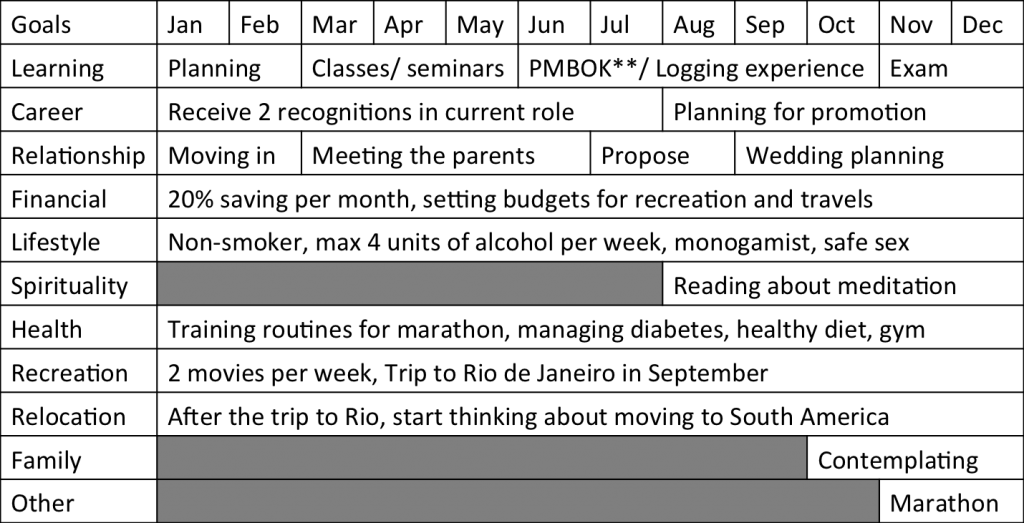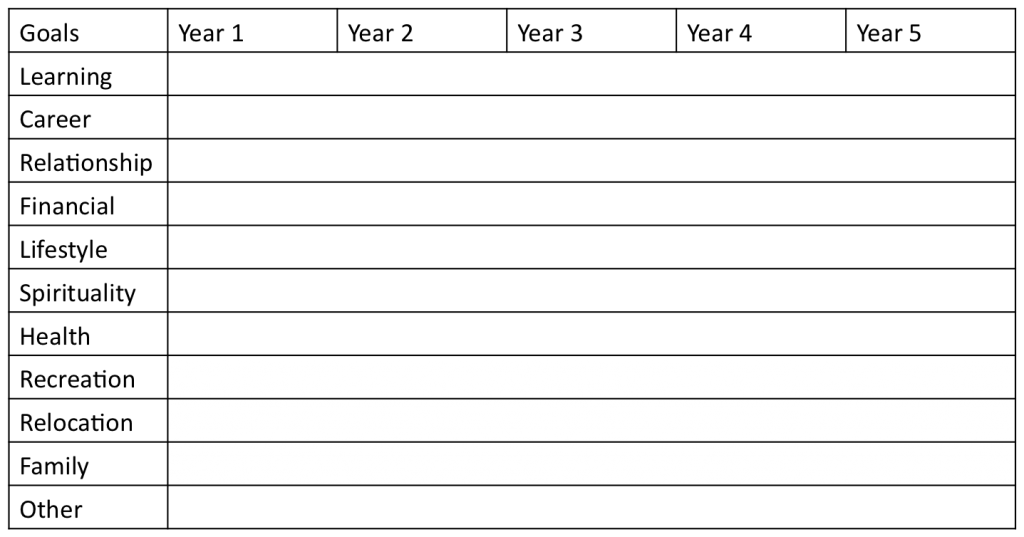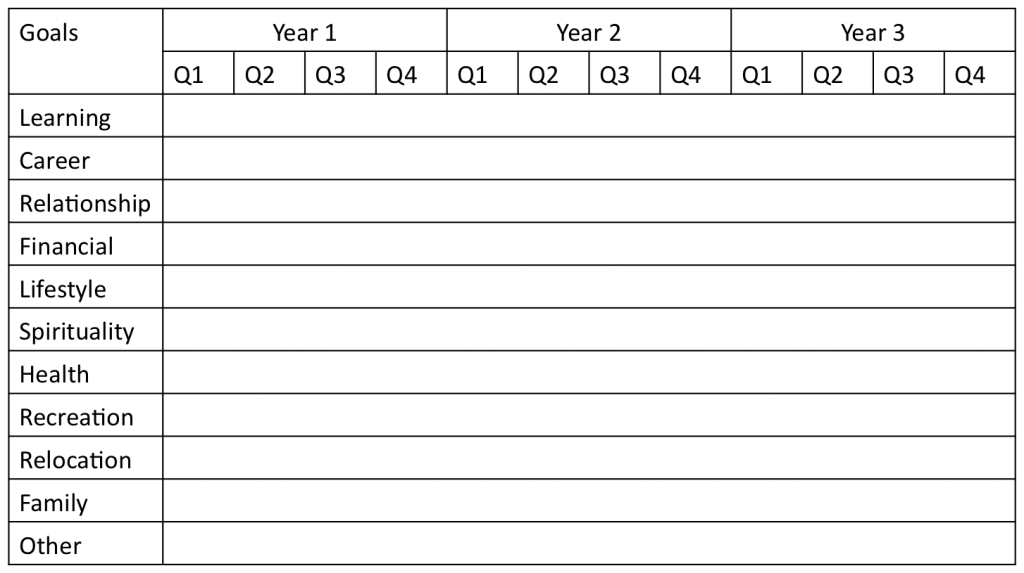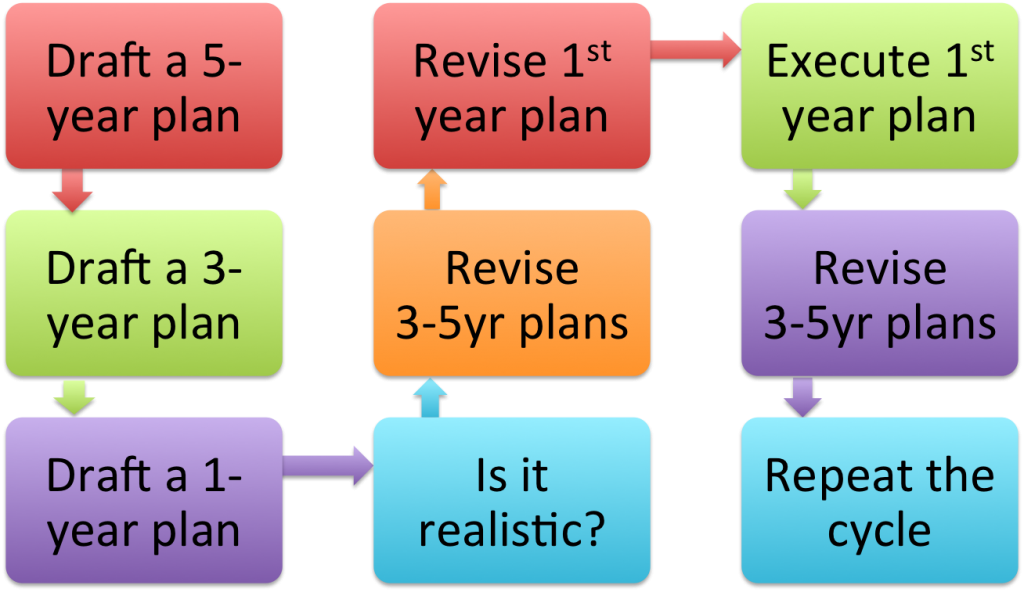There are more than seven billion ways to live a life and we can’t judge people based on how they live. Why? Because it’s either their conscious choices, which we can learn to respect; or it’s a matter of external factors. And we can’t really blame anyone for things beyond his or her control.
But when it comes to ourselves, we must ask this simple yet fundamental question: “How do I want to live my life?” There are a few ways to answer this.
“What happens to me in the future is the result of my smart decisions, detailed planning and seamless execution.”
“What happens to me in the future is my destiny. No matter how much I think, plan or try, I can’t change my destiny. It will happen no matter what I do.”
“I don’t want to think about the future. All I have is now, the present moment, so I want to live it the best way I can.”
“I think and dream about the future a lot. But I don’t need to plan for it now. It will happen.”
“I have a dream for my future, but I don’t know how to make it a reality. Hopefully it will happen. I’m optimistic.”
“I choose to follow the template provided by my religion and spiritual beliefs, which tells me how I should live and gives me a method to achieve it.”
Each of these mindsets is valid on its own; we can’t say one way of thinking is right and another way wrong. However, the fact that you have chosen this book is some indication that you believe in something like the first statement above. If you believe that your choices, decisions, planning and hard work play a significant role in shaping your future, then what you will read in the coming paragraphs is going to be music to your ears.
Before starting, it’s important to note that there is a difference between a “significant role” and an “absolute role” in creating your future. No human being is able to predict the future or plan for it with 100% certainty. It’s humanly impossible. What you can do is to make your contribution as significant as possible. The rest should be left to your good fortune, a higher power (if you believe in one), other people and sometimes to pure chance.
The one-three-five-year plans
Creating a holistic life plan is very easy. It’s so easy that anyone can do it without the help of a professional. Let’s see how. I would like to start by sharing three holistic life plans belonging to a single person named Jason. The first one is a five-year plan, the other is a three-year plan and the last one is a one-year plan. Quite deliberately, I am not giving you a narrative of his future plans, so that you have the chance to re-create his story, dreams and ambitions in your own words.

(* PMP: Project Management Professional)

(* PMP: Project Management Professional)

(** PMBOK: Project Management Book of Knowledge)
As you see above, there is a lot of detail and data in these three plans, but the essence of them is quite simple. It’s a breakdown of Jason’s goals in different areas of his life with a timeline attached to it.
All these plans are holistic by nature. This means that they are not focusing only on one aspect of Jason’s life. They address different dimensions of his life, from work to relationships, from spirituality to recreation, from health to finances. Why? Because we can’t plan for something in one area of our lives and ignore the impact or influence on other areas. An individual’s life contains many different aspects—all those listed here and some others besides—and all of them need to be considered in the life plan, if the intention is to create a holistic one. Otherwise the plan, and the life, may become imbalanced and one-dimensional.
These diagrams represent one-, three-, and five-year plans. Obviously, we can make longer-term plans for 10 years and 20 years or shorter-term ones for three to six months. Experience shows that one-year plans are detailed enough to grab our attention and enable us to prioritize our daily tactics to achieve something. Three-year plans are somewhere between strategic and tactical in that they reflect our ambitions and visions, but at the same time capture enough of the detail needed for their execution. And five-year plans are generally strategic by nature; they help to keep us focused on our aspirations and long-term goals. Beyond five years, the accuracy of any plan diminishes significantly.
Although these plans are holistic, let’s keep in mind that the level of certainty we can expect will vary according to the specific area. For example, a plan to get a degree in subject X or live in city Y is much more within our control than planning to get married in three years or get a senior level position at company Z. We can certainly increase our chances in some specific areas, but we cannot guarantee them. In the case of marriage, someone else needs to choose us as well and either propose or say yes! Being conscious of this fact may prevent some disappointments or limit excessive daydreaming about things out of our controls.
How to create and use your plans?
The best way to start is by creating your five-year holistic life plan, considering all the uncertainties and unknowns that may exist in your life. Then, focus on a more detailed three-year plan. Based on your three-year aspirations, create a one-year tactical plan detailing what you should be doing on a month-by-month basis to achieve your first-year goals. If you realize it’s too ambitious and unrealistic, go back to your three- to five-year plans and revise them until your first year plan becomes realistic. Then, execute the first-year plan and, depending on your actual achievements, review and revise your mid-term and long-terms goals and timelines. Every year, create a one-year tactical plan and stick to it as much as you can. With this method, you will not lose sight of what you aim to achieve in three to five years and you will also ensure that every step you take is moving you closer to your goals.
The key to this method lies in its reiterative and reflective nature. We don’t create a plan, then look at it as a holy text, because it’s not. Our plans should be like some living documents that we can go back to and refine as many times as we need to. Sometimes, they may be too challenging and other times too easy to achieve. Optimally, our plans need to be challenging enough to take us out of our comfort zones; yet not so challenging that they are unrealizable and leave us feeling frustrated, overworked and underachieving. There is a balance to be struck.
Also, though it’s good to be conscious about where we’re going in terms of our overall life direction, we will want to guard against becoming so obsessed with the future that we forget about the present and miss the whole point of life! Maintaining the balance between living in the present and moving in the right direction is perhaps one of the key skills that everyone needs to learn and master.
The Thinking Hour
Below you will find three blank templates of the one-, three-, and five-year holistic life plans. Feel free to complete them based on your aspirations, goals and dreams. Then follow the iterative steps described above to review, refine and revise them until you have a realistic plan to follow.
You can use this planning technique at the beginning of each year as part of your New Year’s Resolution planning. You can also use it near your birthday or at any time during the year. It’s very rewarding to achieve something that you planned for. And it may give you a heightened sense of purpose and meaning to whatever you do in different areas of your life every day. Give it a try.



